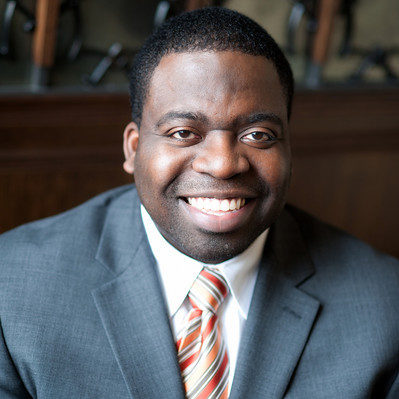While tuitions are ever increasing and out-pacing any growth in GDP or median income, here is what is happening to faculty salaries. From Inside Higher-Ed:
- The percentage of faculty members receiving no salary increase this year is 21.2 percent, while 32.6 percent had their salaries reduced, with a median decrease (among those who saw a decrease) of 3 percent.
- Faculty members at private doctorate-granting institutions were the only ones to see a real increase in average salary — 1.7 percent.
- The 32.6 percent figure for faculty seeing their salaries reduced is significantly larger than the 8.3 percent decline reported in CUPA-HR’s survey of administrators’ salaries. However, the median decrease for faculty members (3 percent) was about half the size of the median decrease for those administrators who saw a decline (6 percent).
- The median increase for those faculty members who received a raise was 3 percent, the same as for administrators who received a raise this year.
- Disciplinary gaps remain significant. The disciplines with the top salary medians (across ranks, public and private) are law, business and engineering. At the assistant professor level, those three fields have median salaries of between $75,000 and $86,000. (Medical school professors’ generally high salaries are not analyzed separately but are part of a broader “health professions” category.) The three lowest fields for assistant professor are visual and performing arts, English language and literature and history — and those three have median salaries of between $51,000 and $52,000.
